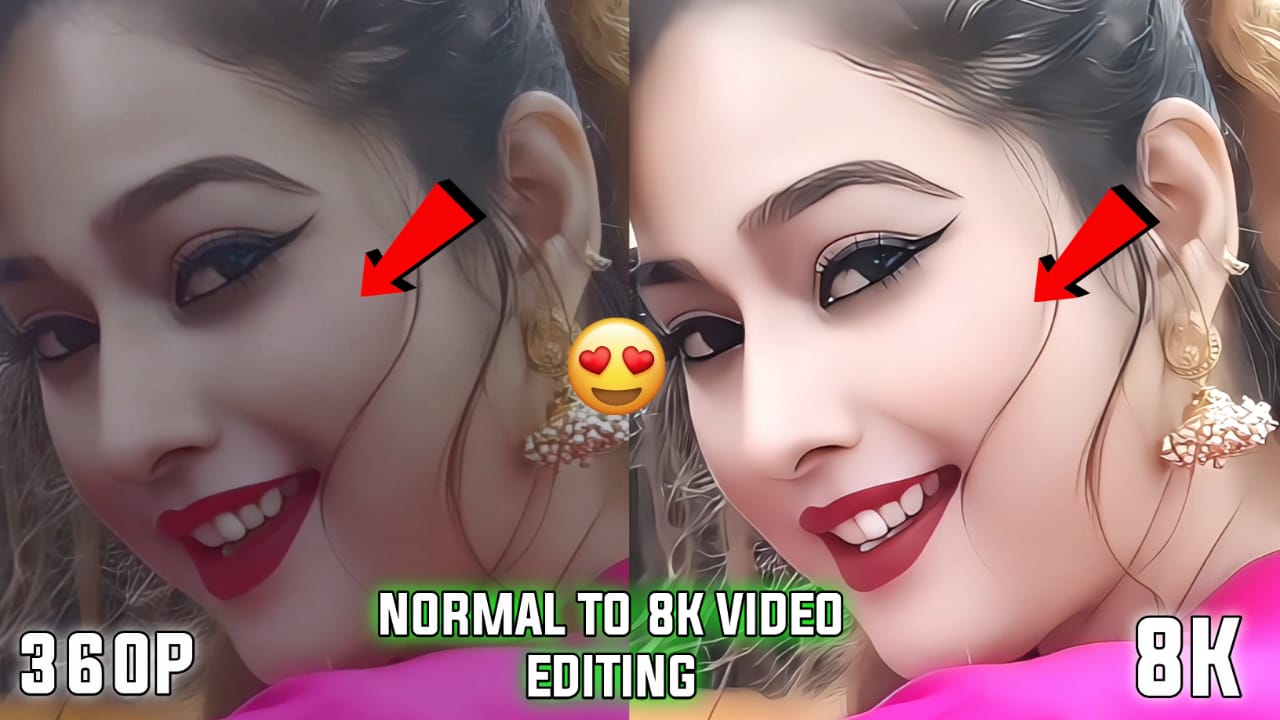Enhancing Video Enhancement Technology
In an age where visual media reigns supreme, the quality of video content has become more crucial than ever. Video enhancement technology has emerged as a critical tool in transforming ordinary footage into extraordinary visual experiences. This article delves into the evolution, techniques, and impact of video enhancement technology.
The Video Enhancement Technology
The journey of video enhancement technology began with the transition from analog to digital media. Early video editing tools focused on basic adjustments such as brightness, contrast, and color balance. As technology advanced, so did the capabilities of video enhancement software.
The introduction of digital signal processing (DSP) in the 1980s marked a significant milestone, enabling more sophisticated techniques such as noise reduction, edge sharpening, and color correction. However, these methods were limited by the computational power available at the time.
The real revolution began in the 21st century with the rise of powerful computing systems and artificial intelligence (AI). Machine learning algorithms, particularly deep learning, have brought about a paradigm shift in video enhancement. AI-powered tools can now analyze and enhance video content with unprecedented accuracy and efficiency.
Key Techniques in Video Enhancement
- Resolution Enhancement: Increasing the resolution of a video, often referred to as upscaling, is a common enhancement technique. AI algorithms, such as convolutional neural networks (CNNs), can generate high-resolution frames from low-resolution input, preserving details and reducing artifacts.
- Noise Reduction: Video noise, which appears as random specks or static, can significantly degrade the quality of a video. Advanced denoising algorithms, including temporal and spatial filters, reduce noise while preserving important details.
- Color Correction and Grading: Accurate color representation is vital for creating visually appealing videos. Color correction adjusts the colors to make them appear natural, while color grading gives the video a specific look or mood. AI tools can automate these processes, ensuring consistent and high-quality results.
- Stabilization: Shaky footage can be distracting and unprofessional. Video stabilization techniques, powered by motion estimation algorithms, smooth out camera movements, providing a more stable viewing experience.
- Detail Enhancement: Enhancing details involves sharpening edges and textures to make the video appear more defined and crisp. Techniques like edge enhancement and super-resolution play a crucial role in this aspect.
The Impact of Video Enhancement Technology
The implications of advanced video enhancement technology are profound, affecting various sectors in significant ways:
- Entertainment: In the film and gaming industries, enhanced video quality is crucial for creating immersive experiences. High-definition (HD) and ultra-high-definition (UHD) content are now standard expectations, and AI-driven enhancement tools ensure that old footage can be upgraded to meet modern standards.
- Broadcasting and Streaming: For broadcasters and streaming services, maintaining high video quality is essential for retaining viewers. Video enhancement technologies help in upscaling older content, reducing bandwidth requirements through efficient compression, and providing a better overall viewing experience.
- Education and Training: Enhanced video quality is beneficial for educational videos and online courses, ensuring that instructional content is clear and engaging. High-quality visuals can make complex concepts easier to understand.
- Security and Surveillance: In security and surveillance, video enhancement technologies improve the clarity of footage, enabling better identification and analysis. Enhanced video can be crucial in forensic investigations and real-time monitoring.
- Healthcare: In medical imaging and telemedicine, high-quality video is vital for accurate diagnosis and treatment. Video enhancement tools help provide clearer images, which can be critical for patient care.
The Future of Video Enhancement Technology
The future of video enhancement technology looks promising, with continuous advancements in AI and machine learning driving innovation. Real-time video enhancement, augmented reality (AR), and virtual reality (VR) are expected to benefit significantly from these developments. As computational power continues to grow and algorithms become more sophisticated, the line between real and digitally enhanced visuals will continue to blur.
In conclusion, video enhancement technology has evolved into a sophisticated field that leverages cutting-edge AI techniques. Its impact is far-reaching, transforming how we create, consume, and interact with video content. As technology advances, the quest for ever higher video quality will continue, pushing the boundaries of what is visually possible.
